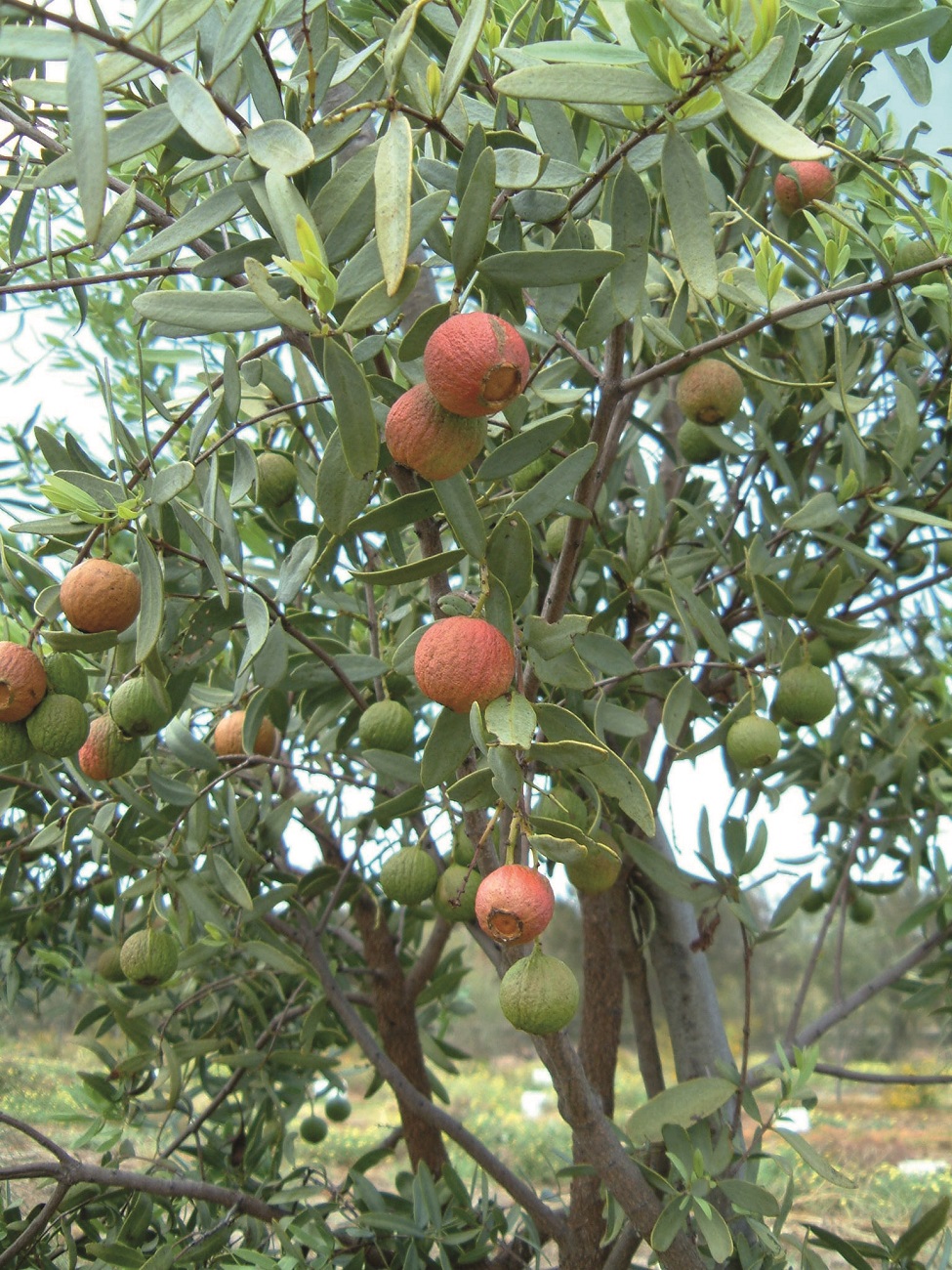
- A year of above average rainfall in drought-affected rangeland areas has stimulated a mass germination of new wild sandalwood seedlings planted by the Forest Products Commission (FPC).
- In 2021, the FPC successfully established more than 500,000 new sandalwood seedlings, across a range of locations in the Goldfields and Mid West.
- Consistent efforts by the FPC to regenerate wild sandalwood across semi-arid and arid regions is a significant contributor to the preservation of the species.
The FPC’s wild sandalwood regeneration program is reaping the benefits of a wet winter, with seed that has remained dormant due to drought conditions now germinating up to five years after it was sown.
Each year, the FPC actively sows more wild sandalwood than it harvests. The FPC sows between 5 million and 10 million wild sandalwood seeds annually, across an area equivalent to the distance between Perth and Karratha (1,500km).
This enormous effort is making a significant contribution to the recruitment of young sandalwood seedlings back into natural populations in the rangeland’s environment.
Wild sandalwood harvesting is managed under strict sustainability criteria, set by the Department of Biodiversity Conservation and Attractions (DBCA), with regeneration requirements and minimum size limits clearly established. Further, half the permitted annual harvest is of trees that have already died naturally.
To increase wild sandalwood regeneration, the FPC establishes young sandalwood seedlings within natural vegetation, including current harvest operation areas, previously harvested areas, and conservation estates where natural sandalwood is in decline.
Forty years of inventory and research has attributed the natural decline of wild sandalwood to the disappearance of small marsupials dispersing and burying seeds, overgrazing and reduced winter rainfall patterns, rather than harvesting.
The FPC has invested in plantation sandalwood to complement the wild sandalwood market and, over the past 25 years, the FPC has significantly contributed to the development of successful sandalwood plantation establishment methods.
Comments attributed to Director New Business and Innovation John Tredinnick:
“The recent wet winter conditions have resulted in large-scale germination of wild sandalwood seed, some of which were sown up to five years ago. Sandalwood seeds can remain viable in the ground between three and five years.
“We are thrilled to see many years of work, research and continued regeneration efforts in drought conditions result in a new cohort of viable young wild sandalwood trees, including in areas which have had no successful regeneration in 60 years.
“Contributing to the ongoing regeneration program are Aboriginal contractors who will plant 1.4 tonnes of sandalwood seed on Country this year alone.
“The FPC is committed to supporting a sustainable mixed wild and plantation-based sandalwood industry.”


